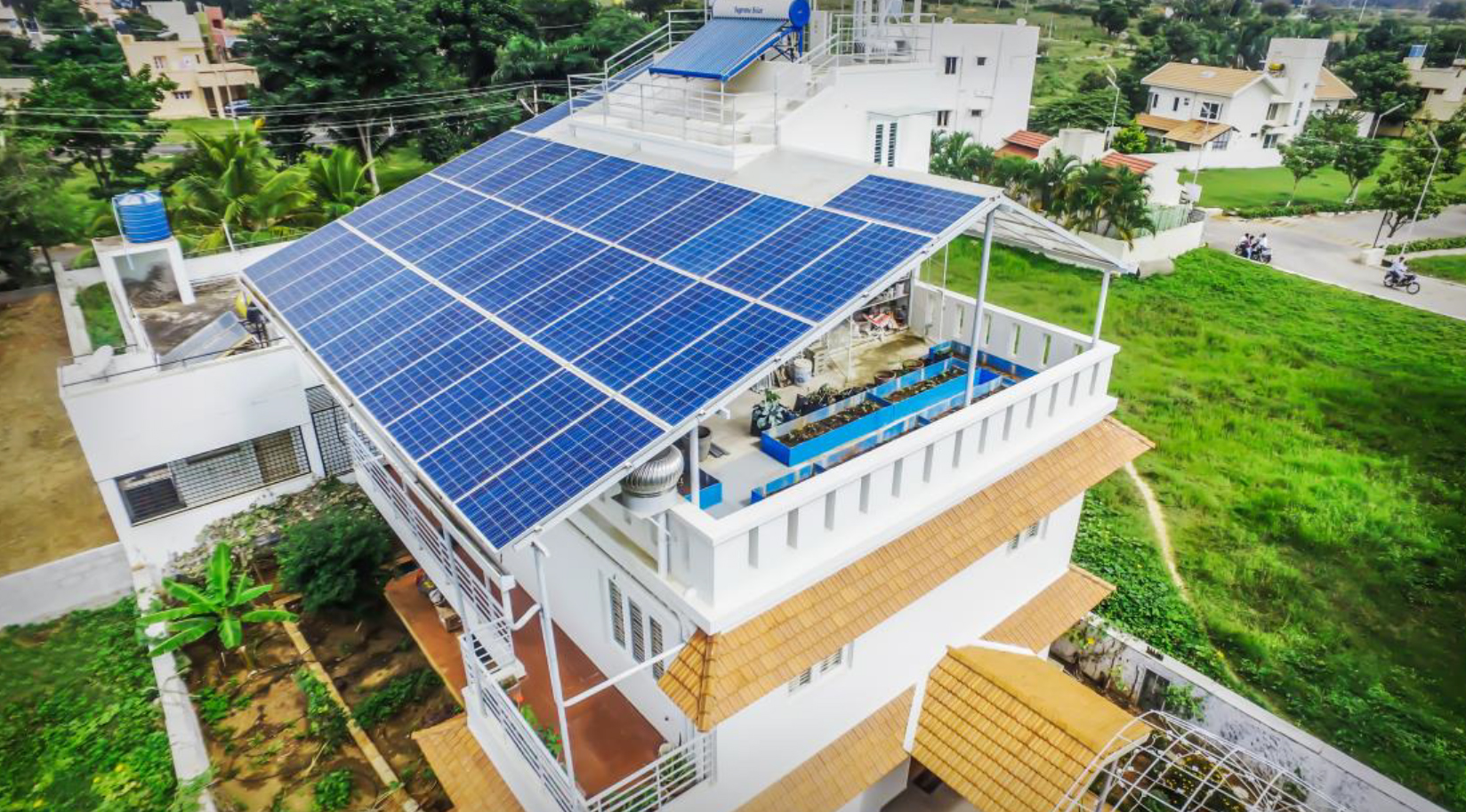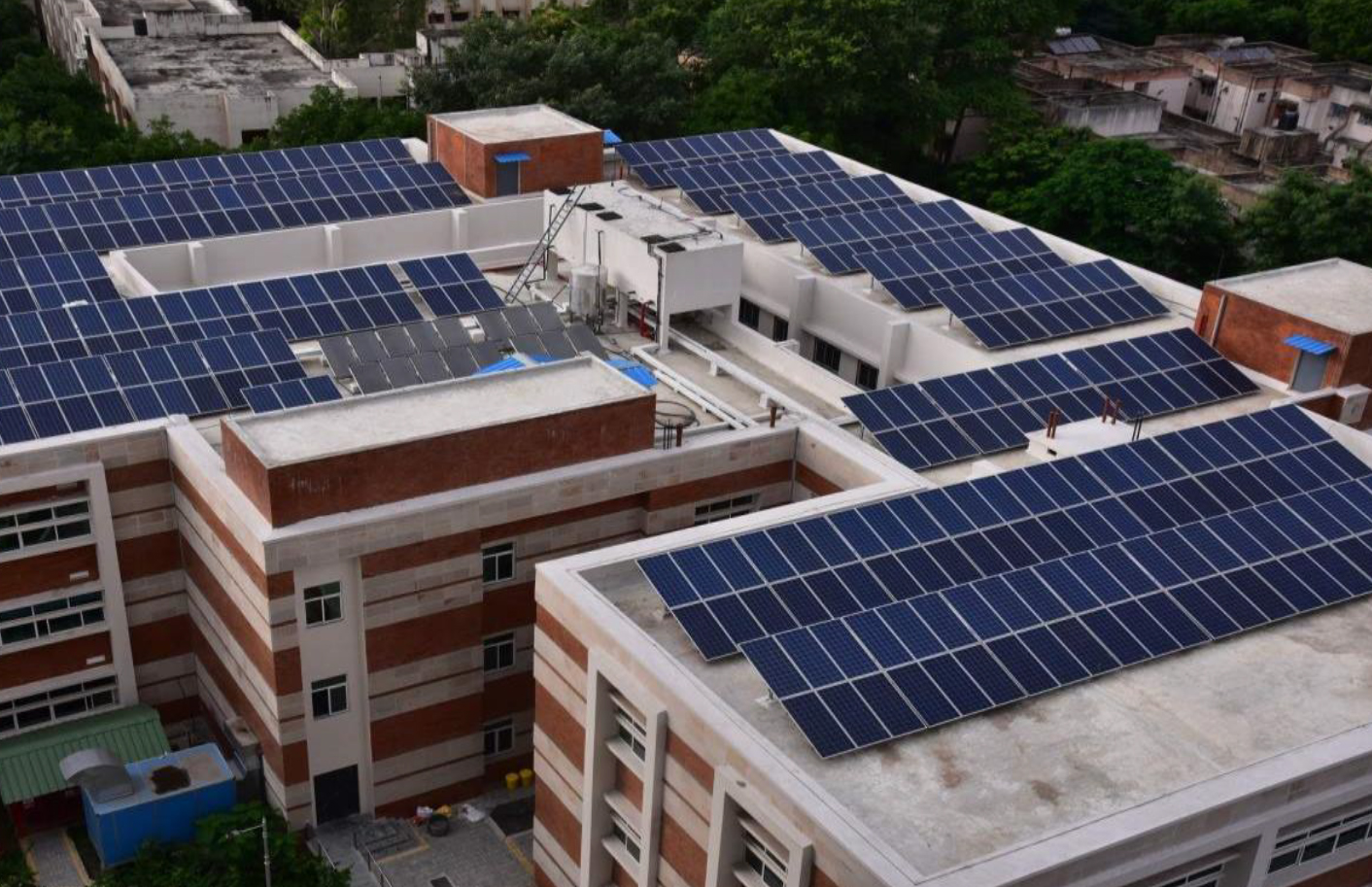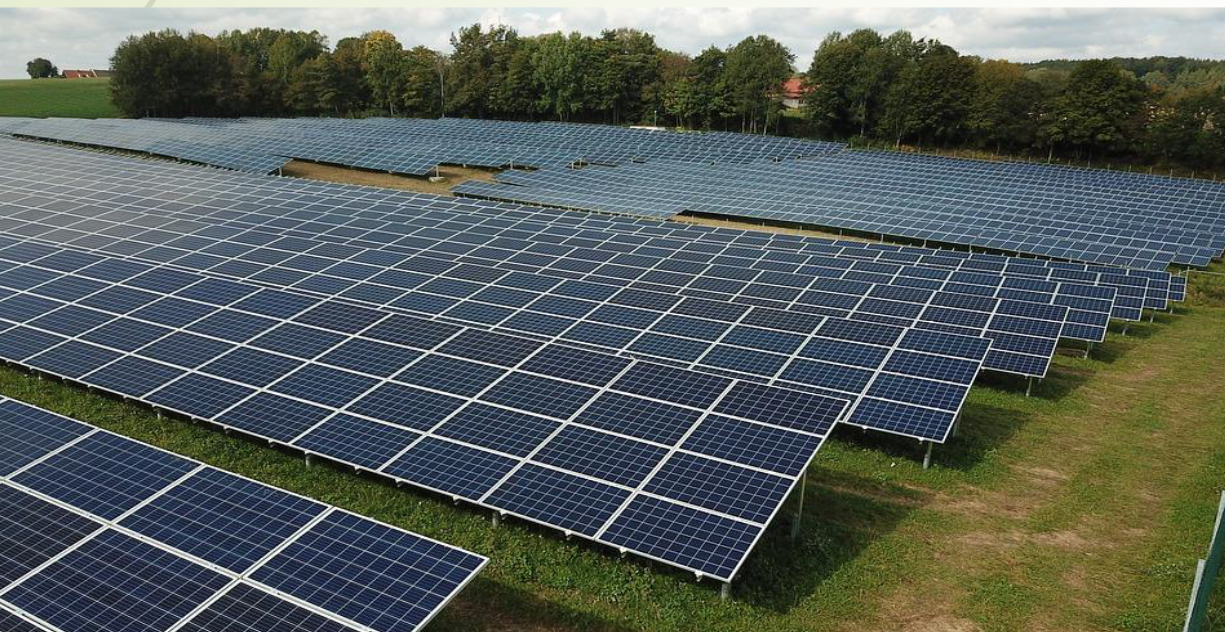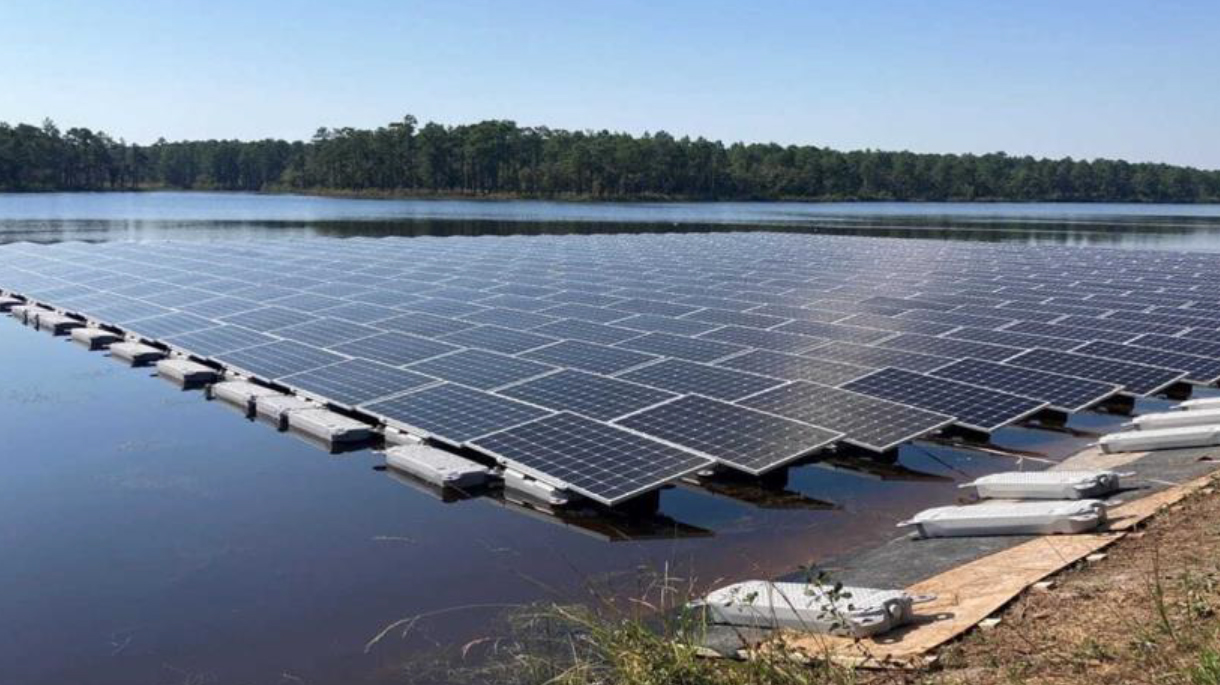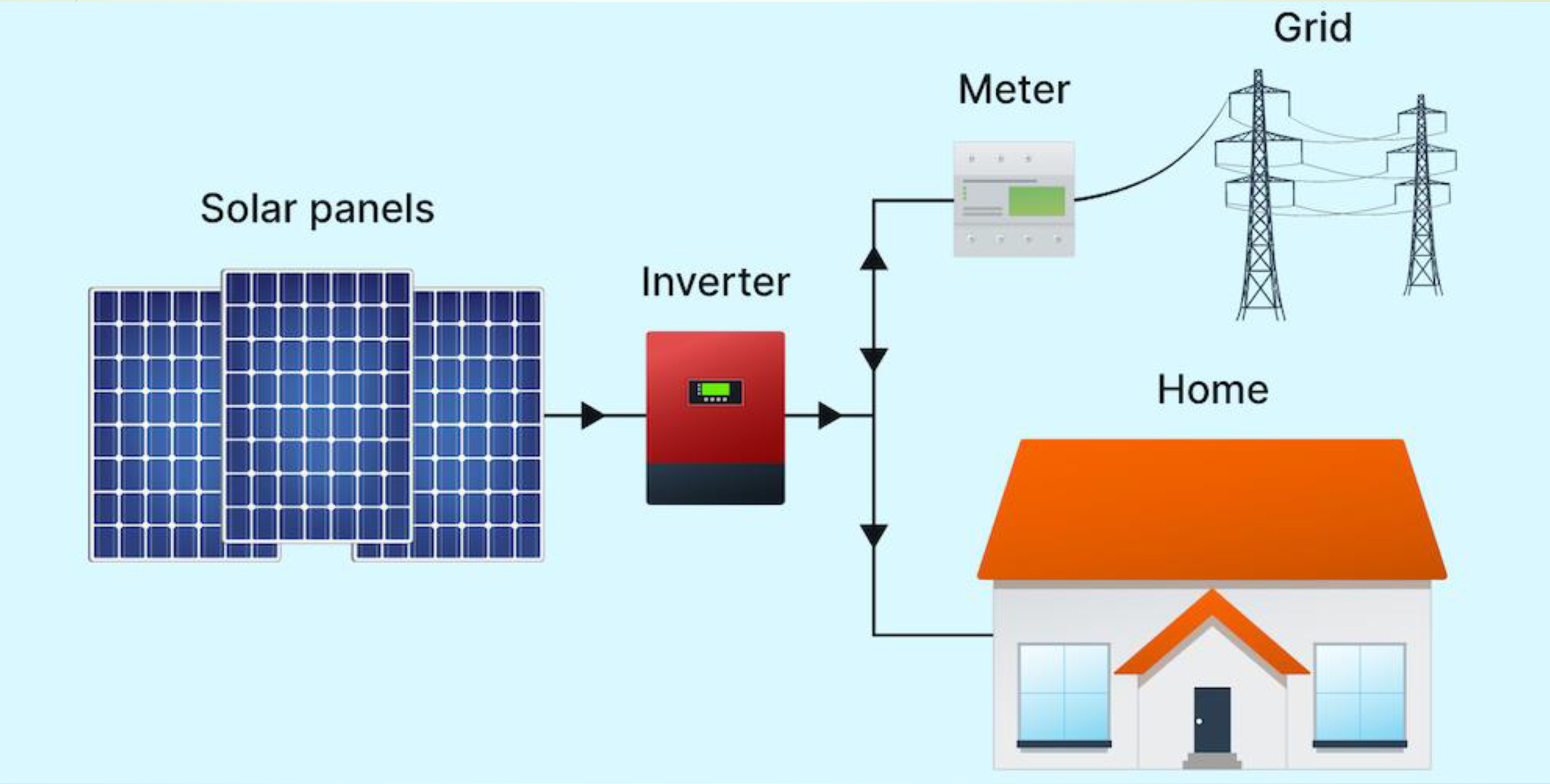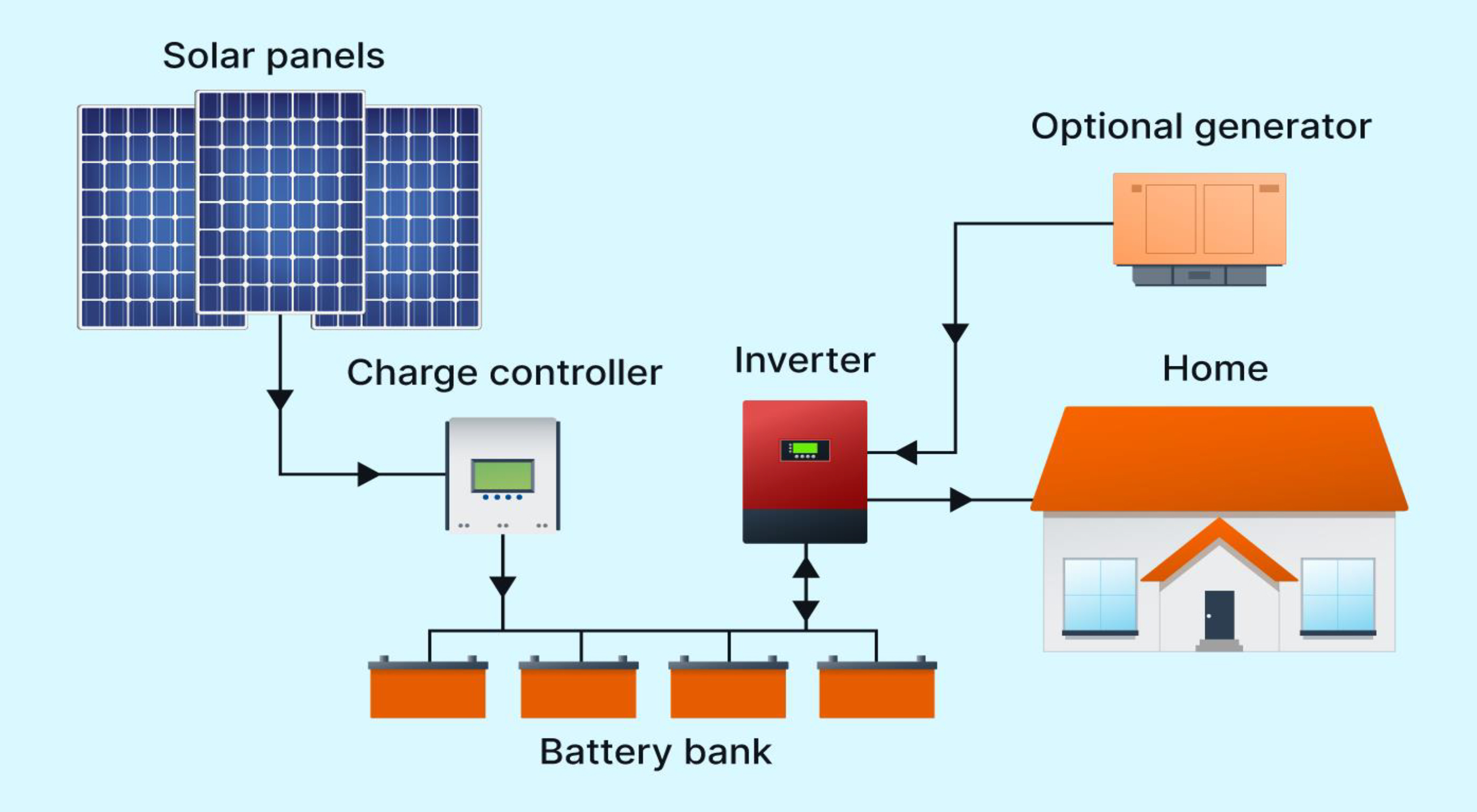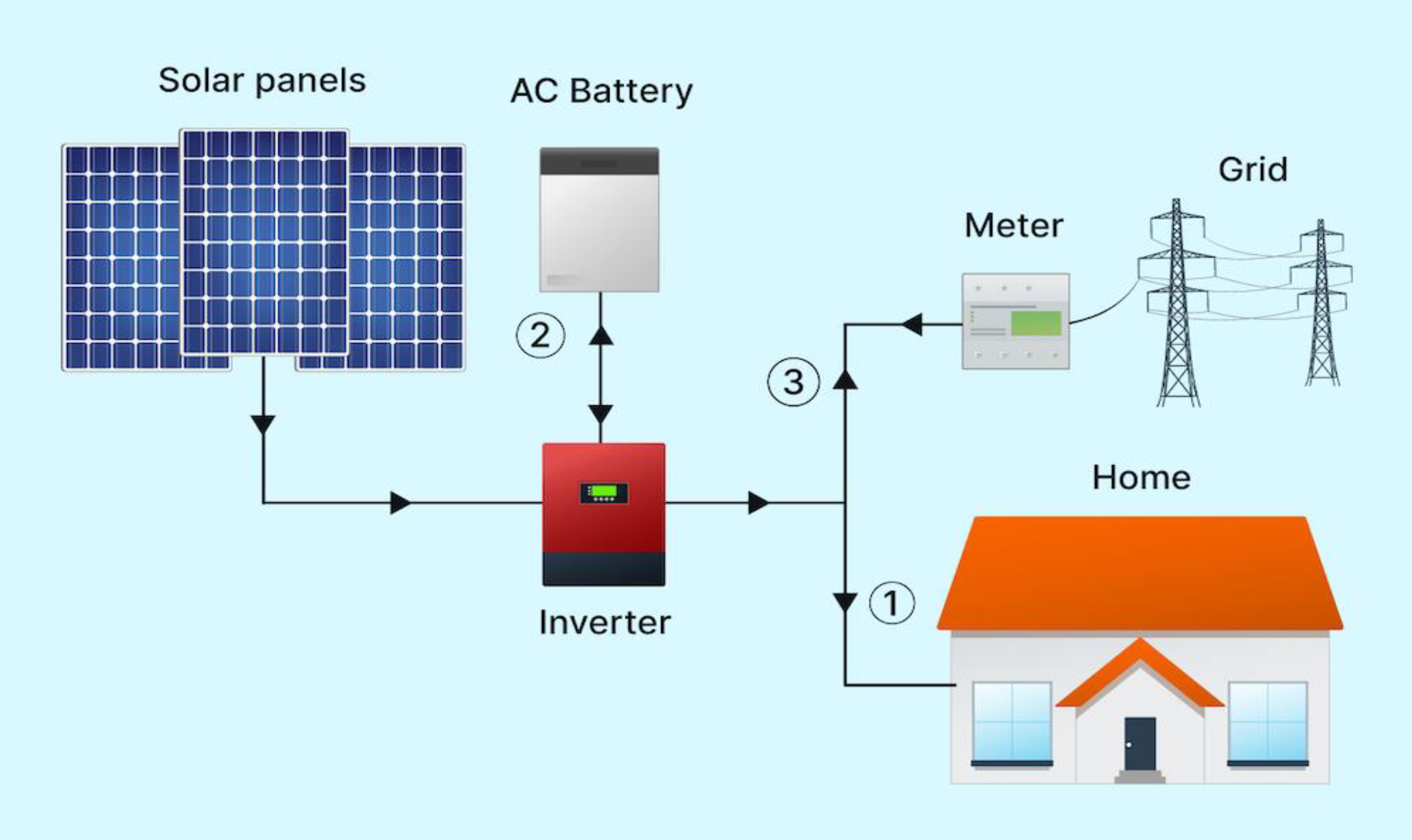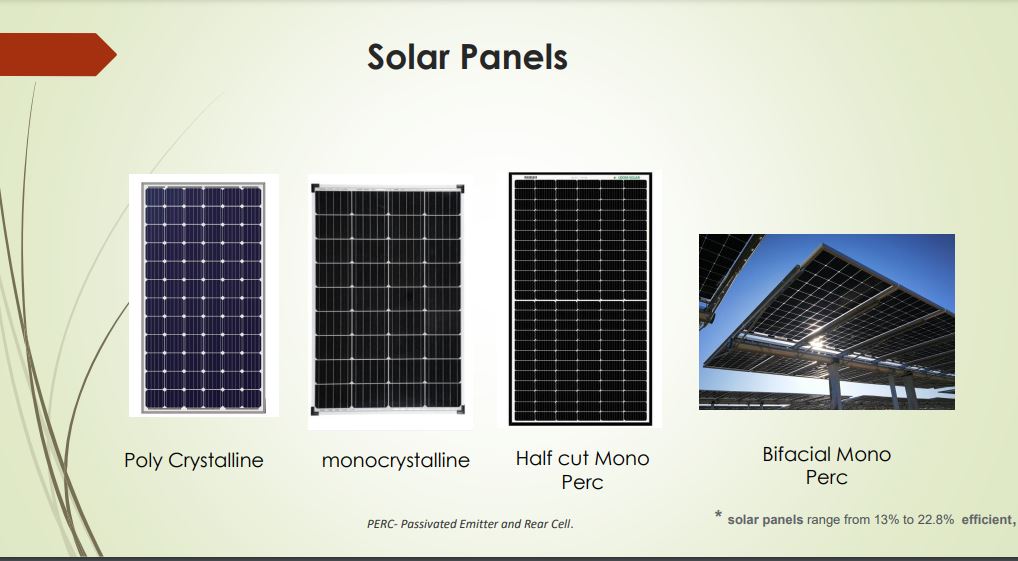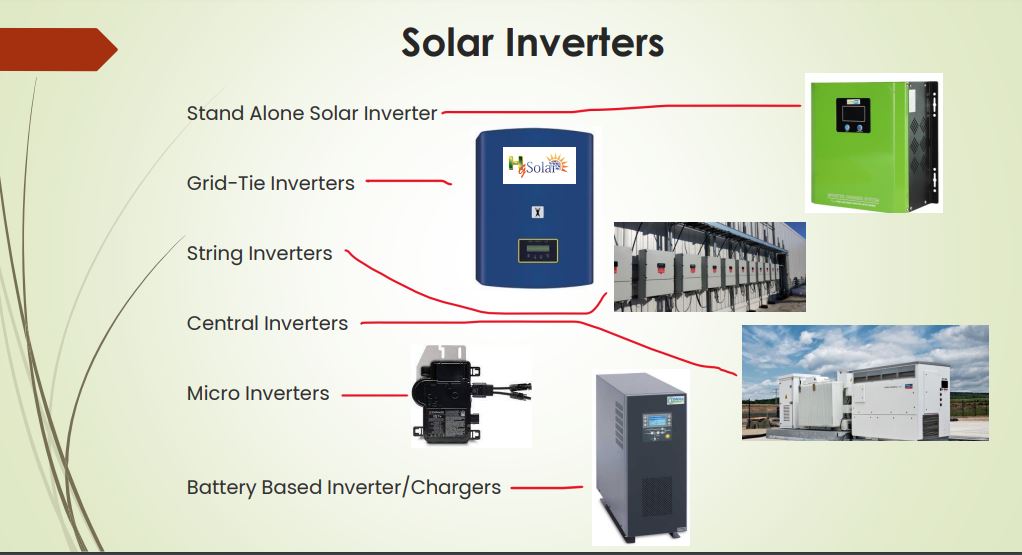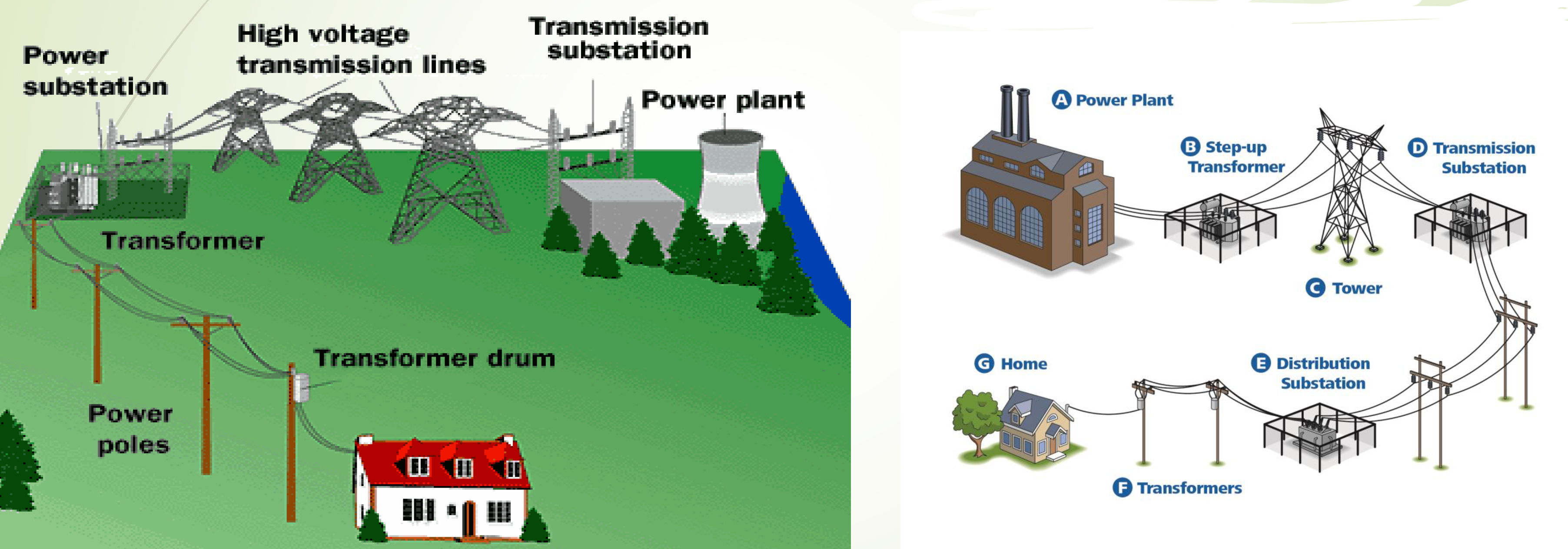
How The Electricity Flow at your place.?
The power of choice is a profound gift, allowing individuals the freedom to pursue what brings them joy while avoiding what causes discomfort. When unobstructed, this ability to decide empowers us to welcome every pleasure and sidestep every pain. However, life often presents situations where responsibilities—whether born from duty or business commitments—require us to forgo certain joys and endure unavoidable inconveniences. In such moments, wisdom lies in discerning what truly matters. The wise person adheres to a principle of thoughtful selection, prioritizing long-term value over fleeting gratification.

